50+ SAMPLE Assignment Contract
-
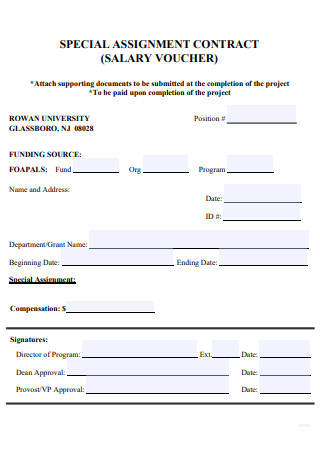
Special Assignment Contract
download now -

Assignment Learing Contract Worksheet
download now -

Assignment Contract in Public Procurement Law
download now -
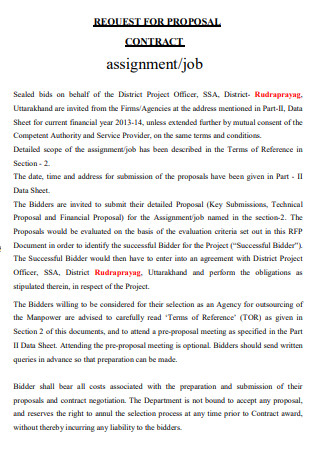
Job Assignment Contract Proposal
download now -
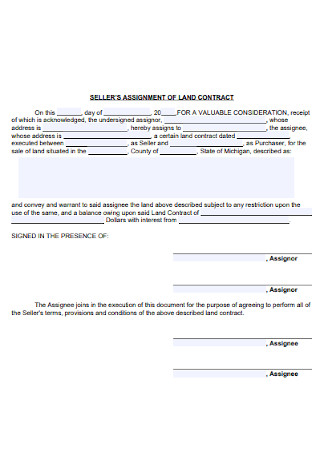
Sellers Assignment Contract
download now -
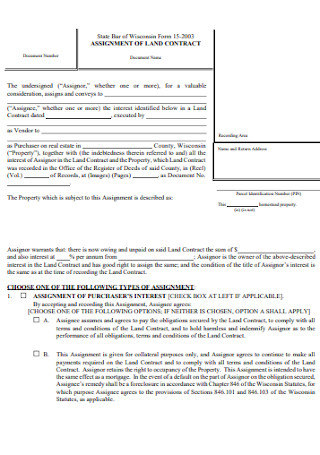
Assignment of Land Contract Form
download now -
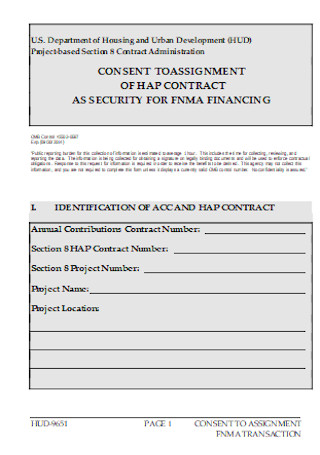
Consent Assignment Contract
download now -
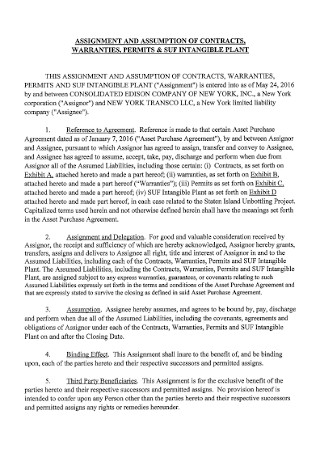
Assignment Warrenty Contract
download now -
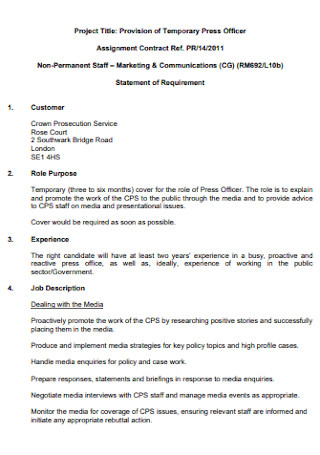
Commercial Assignment Contract
download now -
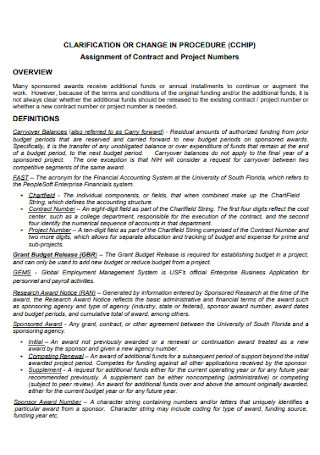
Project Numbers And Assignment Contract
download now -
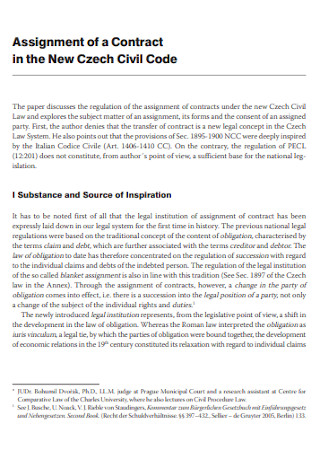
Civil Assignment Contract
download now -

Assignment of Residential Purchase Contract
download now -
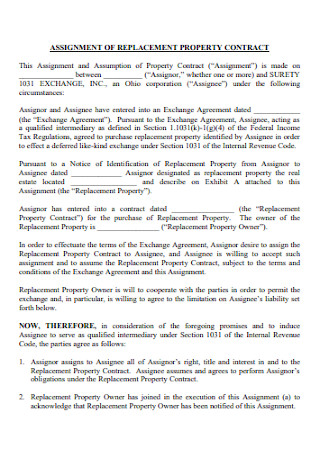
Assignment of Replacement Property Contract
download now -

Assignment Contract Process
download now -

Defense Assignment Contract
download now -
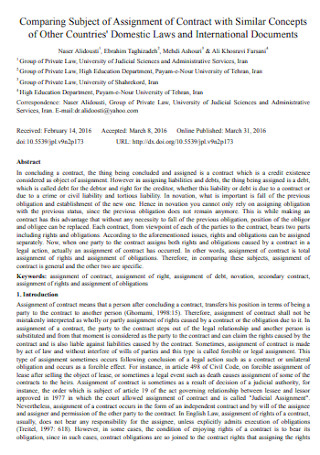
Subject of Assignment Contract
download now -
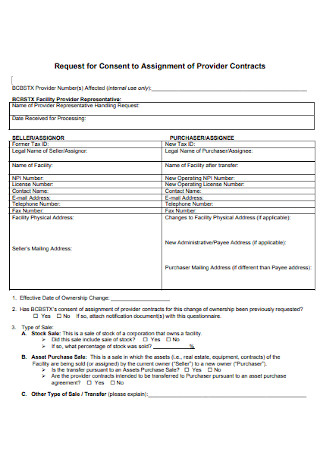
Assignment Provider Contract
download now -
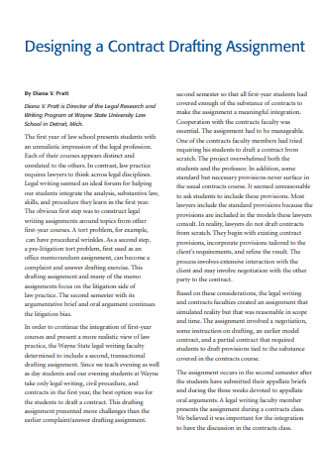
Designing Assignment Contract
download now -
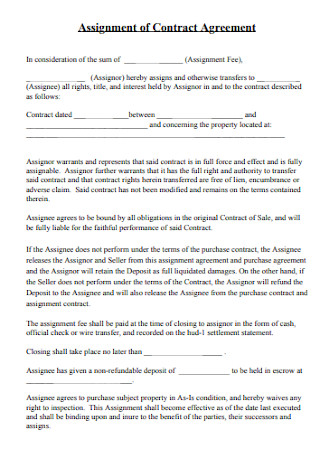
Assignment Contract Agreement
download now -
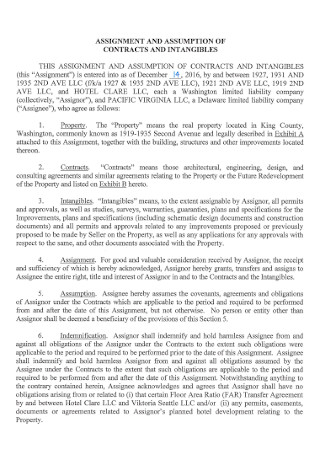
Assignment Assumption of Contract
download now -

Realtors Assignment Contract
download now -
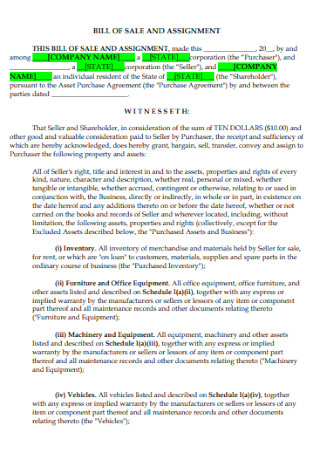
Bill of Sales Assignment Contract
download now -
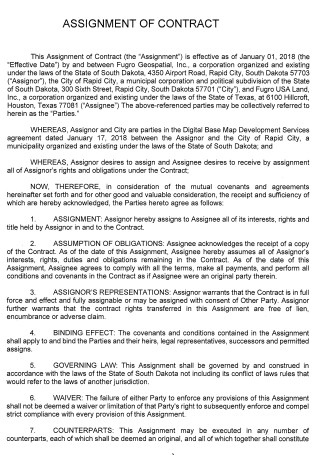
Assignment of Contract
download now -
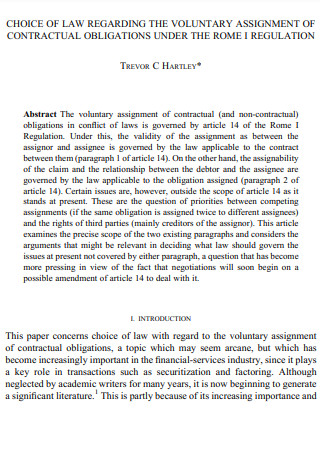
Voluntary Assignment Contract
download now -

Assignment Contract Proceeds
download now -
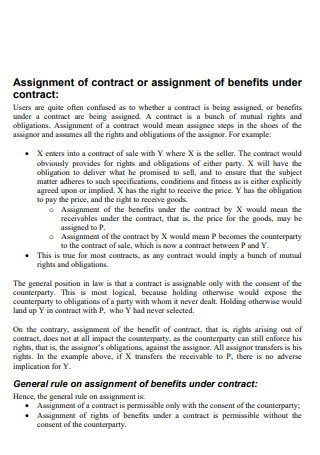
Assignment of Benefit Under Contract
download now -
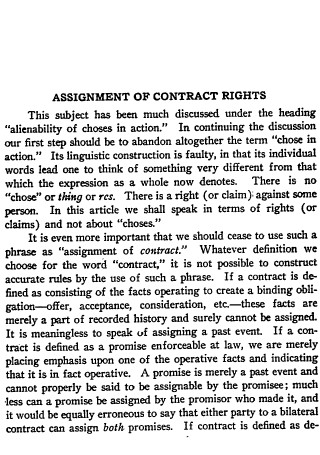
Assignment Contract Rights
download now -

Assignment Issues in Construction Contract
download now -
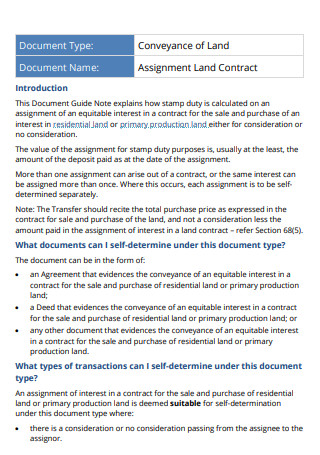
Assignment Land Contract
download now -
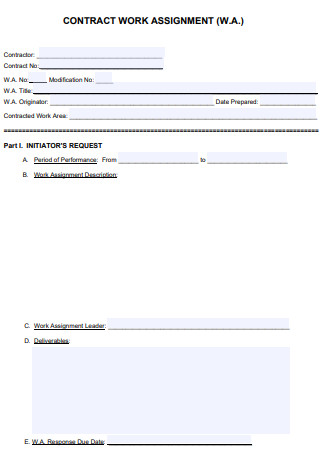
Assignment Contract Work
download now -

Assignment on Contract Shares
download now -
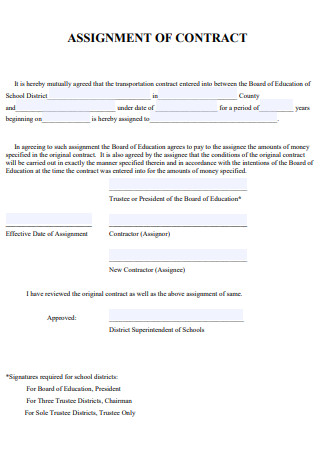
Assignment of Contract Form
download now -
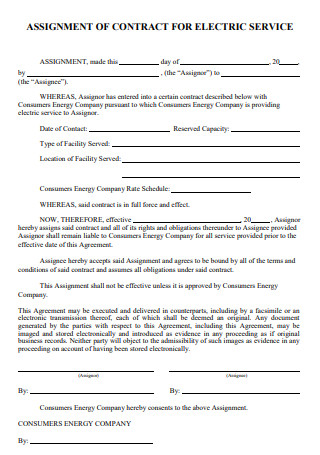
Assignment Contract for Electric Service
download now -

Declaration of Vendor Assignment Contract
download now -
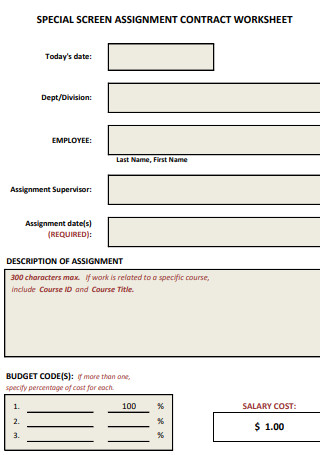
Special Assignment Contract Worksheet
download now -

Sample Assignment Contract
download now -
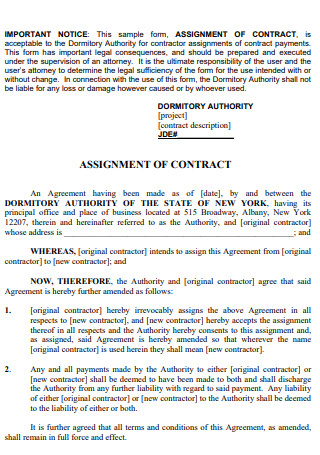
Simple Assignment Contract
download now -
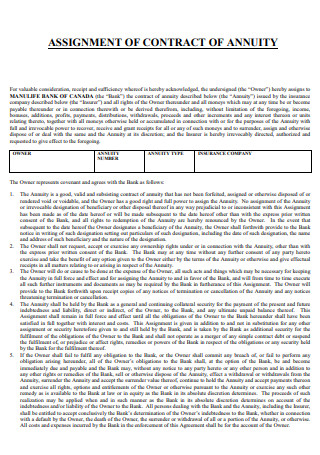
Assignment Contract of Annuity
download now -
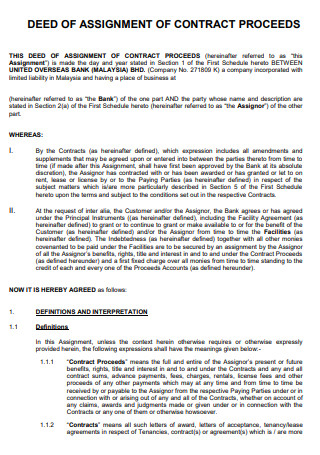
Deed of Assignment Contract
download now -
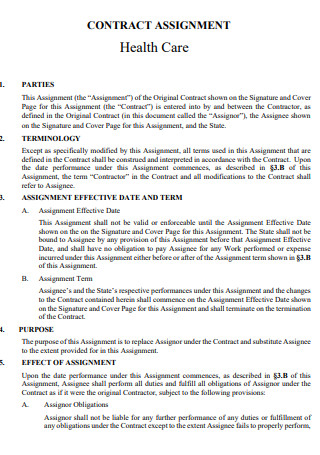
Healthcare Assignment Contract
download now -
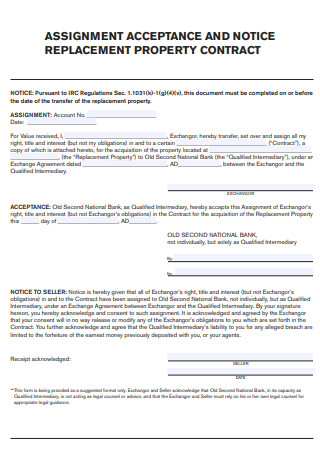
Assignment Acceptance Replacement Property Contract
download now -
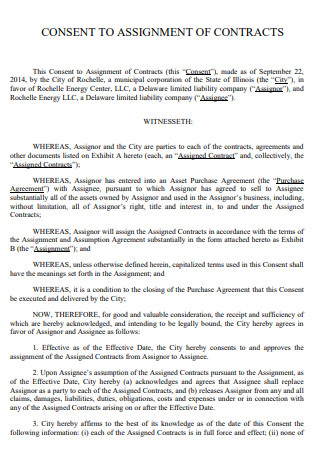
Consent to Assignment Contract
download now -
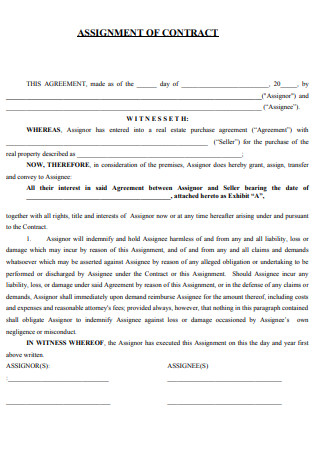
Basic Assignment Contract
download now -
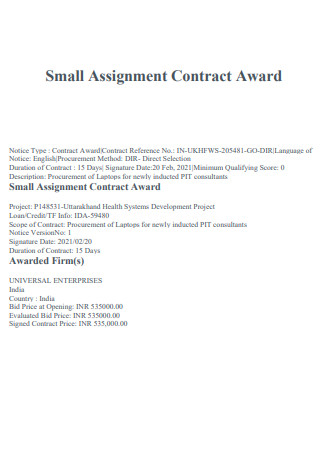
Small Assignment Contract Award
download now -
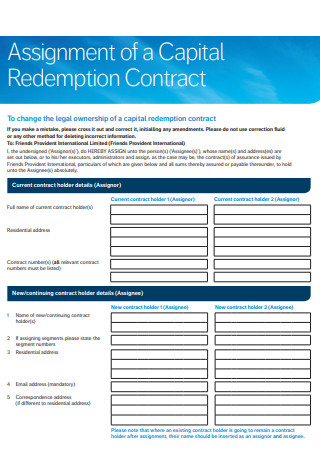
Assignment of Capital Redemption Contract
download now -
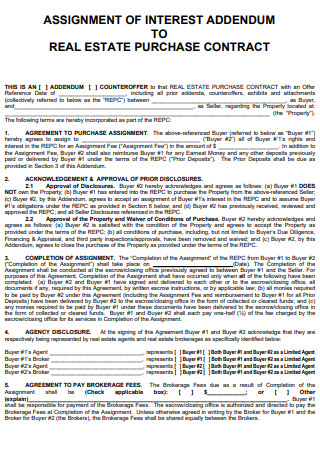
Assignment of Interest to Real Estate Contract
download now -
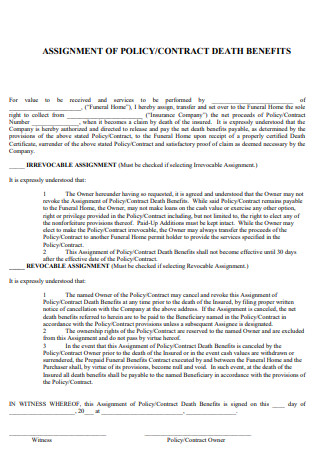
Assignment of Policy Contract
download now -
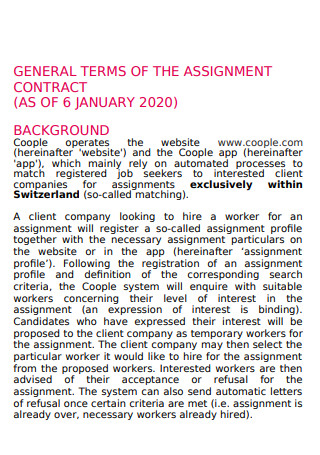
General Terms of Assignment Contract
download now -
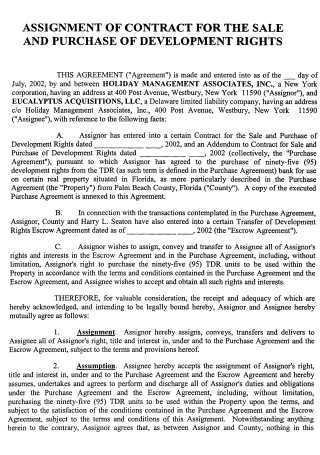
Assignment Contract for Sale And Purchase
download now -
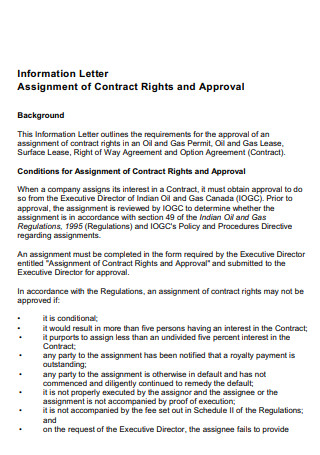
Information Letter Assignment of Contract
download now -
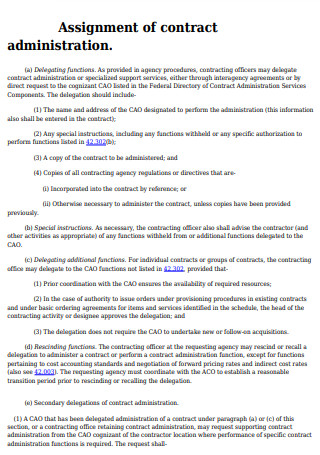
Assignment of Contract Administration
download now
FREE Assignment Contract s to Download
50+ SAMPLE Assignment Contract
What Is an Assignment Contract?
Elements to be Considered in an Assignment Contract
Who Are the People in an Assignment Contract?
More Relevant Information Concerning Assignment Contracts
Steps in Assigning a Contract
FAQs
When is contract assignment not enforced?
Are there alternatives to an assignment of contract?
What is the difference between novating a contract and assigning a contract?
What Is an Assignment Contract?
Also called an assignment agreement, an assignment contract is a legal document that allows a party which is called the assignor to basically hand off the contract’s rights and responsibilities to another party which is called the assignee. This is also called an assignment of contract, and whenever this occurs, the original party is then relieved of their duties and the approved incoming party takes over them.
Contract assignments are managed differently based on the type of agreement and other considerations. The text of the original contract is important because some agreements include terms that prohibit contract rights from being assigned or that need the permission of the other party prior to the assignment taking place.
Elements to be Considered in an Assignment Contract
Listed below are the elements that should be present when drafting the assignment contract/agreement:
Who Are the People in an Assignment Contract?
Listed and expanded in detail below are the people who are involved in the business of an assignment contract:
- Assignee – The assignee of an assignment contract is the person that acquires the rights and duties under the contract but was not a party to the contract at the outset. An assignee often obtains contract rights and duties straight from the original contracting party. An assignee might be a person, a collective, or a company. Anything can be assigned to an assignee. Real property, real estate, and intellectual property are all examples of this. The benefits an assignee can receive might be material or intangible, such as life insurance. When all of the assignor’s rights and liabilities are transferred to the assignee, the assignee is now accountable for meeting any outstanding contractual obligations, and the assignee will profit from the contract.
- Assignor – The assignor refers to the contract’s initial party and is the one who transfers its contractual rights to another party. Similar to the assignee, they might be a person, a group, or a certain company. The assignor transmits both the contractual responsibilities and the contractual perks in a contract assignment. However, in the case of a rights assignment, this indicates that the assignor only transmits the contractual perks. It should be remembered that a contract assignment does not always relieve the assignor fully. Some contracts provide a guarantee from the original parties that the deal will be fulfilled by the assignor and the assignee. This signifies that the initial parties will uphold their end of the bargain.
- Obligor – The obligor refers to the party that is obligated to accomplish something under contractual terms. Similar to the assignee and the assignor, the obligor can be an individual, a group, or a company. Obligors may also be told to refrain from performing certain activities while under contract. The most prevalent example of an obligor is a debt holder. However, in addition to the mandatory repayment of interest and principal, many corporate debt holders (obligors) are legally obligated to satisfy additional conditions.
More Relevant Information Concerning Assignment Contracts
Here is some more relevant information that you may need to know concerning assignment contracts:
Steps in Assigning a Contract
You can resort to assigning a contract to another party to break free from the rights and obligations and delegate it to another party as long as it is explicitly written in the contract. With that being said, here are the steps in how to assign a contract:
-
1. Draft and Finalize the Main Contract
The first thing you need to do in order to assign a contract is to, well, draft and finalize the main contract. What is contract drafting? It is referred to as the act of laying out the terms and conditions of a contract. Prior to establishment, the contract will undergo several drafts, negotiations, and several revisions. The purpose of contract drafting is to generate a legally enforceable document in writing that is precise, straightforward, and as accurate as feasible to the parties’ intentions. After drafting the contract, finalize it with the parties involved and have them sign it so that the terms will then take place.
-
2. Determine for Prohibitions Regarding Contract Assignments
After drafting and finalizing the contract, and subsequently getting it signed, another check for clauses wouldn’t hurt. This is the time to look for any anti-assignment provisions that may be included in the contract. Sometimes the restriction is contained in another provision rather than as a distinct clause. Look for wording that states that the contract may not be assigned, and if you discover it, you may not be allowed to assign the agreement unless the other party agrees.
-
3. Preparation and Execution
This is the next step to do after examining the contract for any prohibitions in place. In this step, if no prohibitions are in place in the contract concerning assignments, then now is the time to prepare and execute an assignment of contract to another party, which, as stated earlier in the article, refers to a contract that transfers a party’s contractual rights and responsibilities to another party.
-
4. Provision of Notice
After entering an assignment of contract, this is the next step to do. In this step, you must notify the assignment of contract to the other original contracting party, known as the obligor. Unless the contract states otherwise, this notification effectively releases you from any obligation under the deal. For example, the contract may state that the assignor assures the fulfillment of the assigned contract or that an assignment is totally prohibited.
FAQs
When is contract assignment not enforced?
Various situations prohibit a contract assignment from getting enforced. As an example. it is not enforced if there is a chance that the assignment may materially alter expectations stated under the contract. Courts are unlikely to enforce the contract if it affects the performance that is due under the contract, reduces the value or returns expected, or raises the risks for the other party to the contract (which is the person who is not assigning contractual rights).
Are there alternatives to an assignment of contract?
Yes, there are alternatives present. One of them would be licensing, which refers to an agreement in which one party licenses the right to utilize a portion of the property (for instance, intellectual property) from another property. For example, a firm that holds a patent may provide a license to another company to manufacture items utilizing that invention. Another alternative to contract assignment is delegation. Delegation refers to an act of permitting someone else to act/fulfill obligations on your behalf.
What is the difference between novating a contract and assigning a contract?
Even though the distinction between a novation and an assignment of contract appears to be minor, it is critical. This is because a novation is an act in which one party transfers every one of its contractual duties and benefits to a third party. And throughout a novation, a third party successfully replaces the original party as a contract party. When a contract is novated, the other contractual party must be placed in the same position as before the novation. In contrast to novation, a contract assignment simply does not transfer each burden that comes with a contract.
Prior to creating a document that states that the contract will now be assigned to another party, it is important to ensure that you’re allowed to do it in the first place. It is also important that all parties involved (the assignor, assignee, and obligor) should totally understand how assigning a contract plays out and affects them. The last thing they want is a party accidentally breaching the terms since they are not knowledgeable enough in what they’re doing. In this article, blank samples are present to show you the way in creating an assignment contract.
